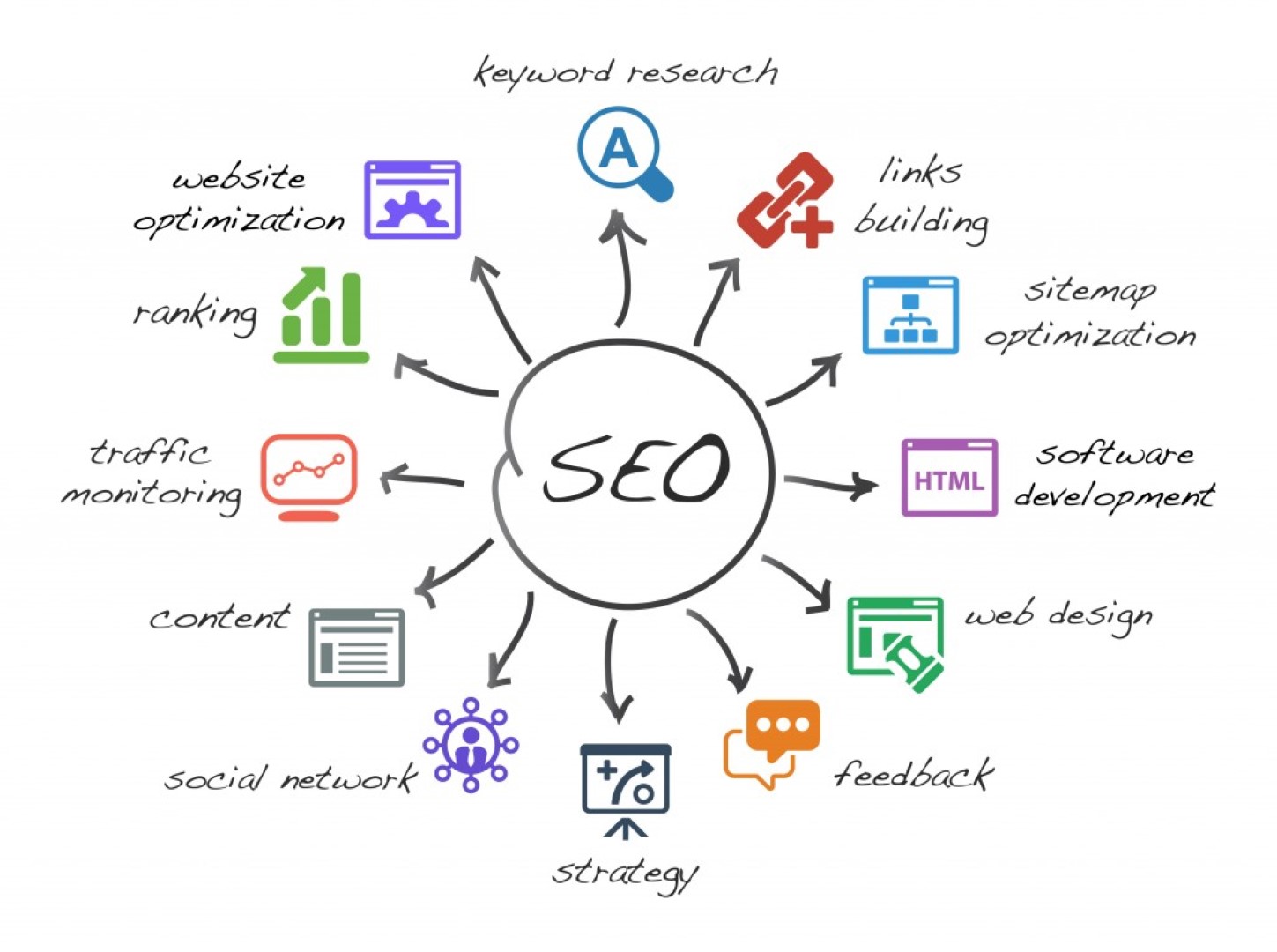(And Why It Is Important in Increasing Productivity)
Just recently, Google announces that it discovered what really makes a team productive through its Project Aristotle. Dubbed as psychological safety, a team member has to be nice so he or she can work in a team setting minus the misunderstandings and conflicts. Thus, it doesn’t matter if you are working for an SEO company, FMCG firm or online marketing agency. Bottom-line, you can never go wrong with kindness. And, this is where emotional intelligence comes in.
How can you become an emotionally intelligent employee? That’s the question. In a world full of speakers rather than listeners, answering this question can be a real challenge. The workplace is tormented with noises, so how can you even pay attention to your own emotions, let alone other people’s emotions? Stop right there. Haven’t you realized that emotional intelligence (and the lack of it) affects your productivity? Well, it does.
And what better way to combat this and improve productivity than through improving your EQ (emotional quotient). Before we teach you the process, let’s scrutinize what makes an emotionally intelligent staff.
The emotionally intelligent employee
An emotionally intelligent employee is capable of recognizing his emotions and that of others. The person is able to discriminate between his feelings and label such appropriately. Finally, the person uses this information to guide his thoughts and behaviors. According to Daniel Goleman, author of the groundbreaking book ‘Emotional Intelligence,’ an emotionally intelligent individual is personally and socially competent.
Further, the author also identified the five domains of EQ.
1) Knowing your emotions (Self-awareness)
2) Managing your own emotions (Self-regulation)
3) Motivating yourself (Self-motivation)
4) Recognizing and understanding other people’s emotions (Social awareness)
5) Managing relationships (Social skills)
Below is a video of Goleman tackling how and why emotional intelligence becomes the differentiator.
The productivity of an emotionally intelligent employee
Did you know that when it comes to performance, employees with average IQs outperform people with high IQs 70% of the time? The perfect combination seems like average IQ and high EQ. There are also studies that claim that 90% of top performers have higher EQ, not necessarily high IQ.
EQ is also examined by TalenSmart to determine how it compares to other critical workplace skills. The experiment concludes that EQ is the strongest predictor of performance with 58% success rate. Thus, EQ can be considered as the foundation of the skills since it impacts what a person says and does everyday and while at the workplace.
What’s more, employees with higher levels of EQ make more money compared to those with lower levels of such. A person with high EQ earns $29,000 more. The more that person increases her IQ, the more she will earn. An emotionally intelligent employee earns an additional of $1,300 with every increase in the EQ level.
Indeed, EQ affects performance and productivity and thus the personal and organizational success (read: bottom-line). That’s how important emotional intelligence is.
Becoming an emotionally intelligent employee
Here’s the good news: EQ is a learnable skill. A person can increase his or her emotional intelligence! Nevertheless, you cannot predict the EQ of a person based on how smart he is. Learning is the same regardless if the learner is 15 or 50 years old. EQ is different. Some are born with it. Some are natural at it. Some took years to learn it. Some even took more years to perfect it.
However, if you are going to start doing these things below, you’ll improve your EQ in no time. The items are random but are somehow connected to one another. Warning: Long list.
- Observe your emotional tendencies
- Understand and express how you feel exactly
- Don’t let other people label your emotions for you
- Don’t let others judge how you label your own emotions
- Be specific with your choice of words to describe how you feel
- Pay attention to people, things, events that make you feel that way
- Understand how you feel connects with your behavior
- Don’t judge your own feelings
- Control your negative emotions
- Don’t let negative feelings cloud your own judgment
- Decide how to behave in face of a negative feeling
- Share how you feel with other people
- Be honest with what you really feel
- Be more responsible for your own reactions
- Act calmly and rationally
- Be more receptive to feedback
- Use criticisms wisely
- Sense other people’s emotional needs
- Listen more empathetically
- Empathize with other individuals around you
- Ask questions
- Pay attention to other’s body language to uncover their feelings
- Observe how your emotions manifest physically
- Don’t hurt other people’s feelings
- Know when you hurt someone’s feelings and apologize
- Be open-minded
- Don’t confine yourself to your own feelings and beliefs
- Respect other people’s feelings
- Appreciate the role of other people in your life
- Try to understand where they are coming from
- Be trustworthy especially when a person shares his or her feelings with you
- Observe how other individuals react to certain situations
- Compare other people’s emotions to your own emotions
- Show genuine care and concern for people and their experiences
- Be willing to help others
- Be flexible and adaptable
- Channel your emotions creatively
- Have a personal strategy so negative emotions won’t get the best of you
- Exert self-control by avoiding impulsive actions and expressions
- Say no to someone if you really have to
- Distance yourself from emotionally draining mistakes
- Don’t dwell on negative circumstances
- Let go of grudge
- Approach toxic people rationally
- Don’t let negative emotions fuel the chaos
- Disconnect from time to time
- Have a strong sense of your own feelings
Before you may put into practice your knowledge, it would be wise to determine your current EQ. There are many EQ assessment tools online, most of which are free. We recommend you assess your EQ first to know the areas that you need to improve best. The result will be your baseline, something to start your EQ improvement journey. Commit to improving the initial results and achieve those competencies that you lack. After all, it is your personal excellence that you are working on.
Good luck!











